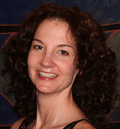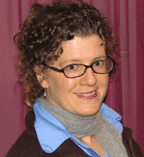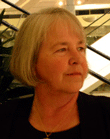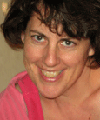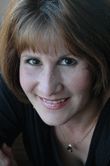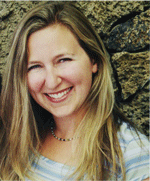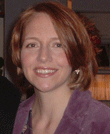Yang Erche Namu’s memoir about growing up in a remote area of China somewhere deep in the Himalayas, “Leaving Mother Lake: A Girlhood at the Edge of the World,” begins with a short sentence: “My mother doesn’t remember when I was born.” Though this sentence has only eight words, it is direct, powerful, and full of information. After just one sentence, we know:
1. Namu’s story is very connected to her mother’s story.
2. Namu is going to tell this story from her point of view.
3. There is a deep sense of longing in the book. (You feel it, don’t you?)
4. Namu is going to tell it to us straight. She’s not going to mince words or as my mother would say, pussyfoot around.
But of course, you can’t write a whole book with short, direct sentences. By page two, your readers would be bored, irritated, and pissed off. By page five, if you were lucky enough to hold their interest that long, they would pitch the book into the trash and curse you from here to heaven. Sentence length is an important part of successfully telling a story, creating a mood, and keeping your readers interested. It works the same way whether you’re writing a book, a short story, an essay, or an article. You have to mix it up.
Namu (and her English-speaking co-author Christine Mathieu) understood this when they wrote Leaving Mother Lake. After a number of short sentences on page 1, the fourth paragraph begins:
“Dujema is our neighbor. She is also my Ama’s best friend and they spend a lot of time together, working and singing to keep their spirits up, and after coming back from the fields, sitting by the open fire, drinking butter tea, and talking.”
See how much the long sentence accomplishes?
1. The rhythm of the prose is broken up, right at the point where the reader might begin to tune out if the short sentences were to continue.
2. There’s a lot of rich detail in this sentence that Namu cannot squeeze into a short sentence. Here Namu’s mother becomes a fully realized person who has a best friend and a daily routine. She sings and drinks lots of butter tea.
3. The story thickens, like a delicious saffron risotto..
Now you try it. Pull out a piece of writing that you’ve been sweating over. Look at your sentences. Read them out loud. How long are they? (Yes, go ahead. Count the words.) How many short sentences do you have in a row? How many long sentences follow one after the other? Have you varied sentence length or does the rhythm of the prose sound monotonous?
After you read your sentences aloud and study them a bit, play with them. If you’ve got too many long sentences in a row, break a few into two or three short sentences. If you’ve done the opposite—written a number of short sentences in row—combine a few into longer, more complex sentences.
When you’re finished, read the piece aloud again. How has it changed? What do you notice?
Kristin Bair O’Keeffe has been living in and writing about Shanghai, China, for over a year. Her articles and essays about the China experience can be found in recent or forthcoming issues of The Baltimore Review, Poets & Writers Magazine, and Highlights for Children. Recently she contributed to To Shanghai With Love, a new Shanghai travel guide. Kristin writes about other stuff as well, including education, parenting, and bears. Her work about those topics can be found in San Diego Family Magazine, The ELL Outlook, The Gettysburg Review, PortFolio Magazine, and other publications. Kristin’s blog, “Shanghai Adventures of a Trailing Spouse,” chronicles her adventures in Shanghai (the good, the bad, and the beautiful) and garners the attention of readers all over the world. To learn more, visit http://web.mac.com/kristinokeeffe.
